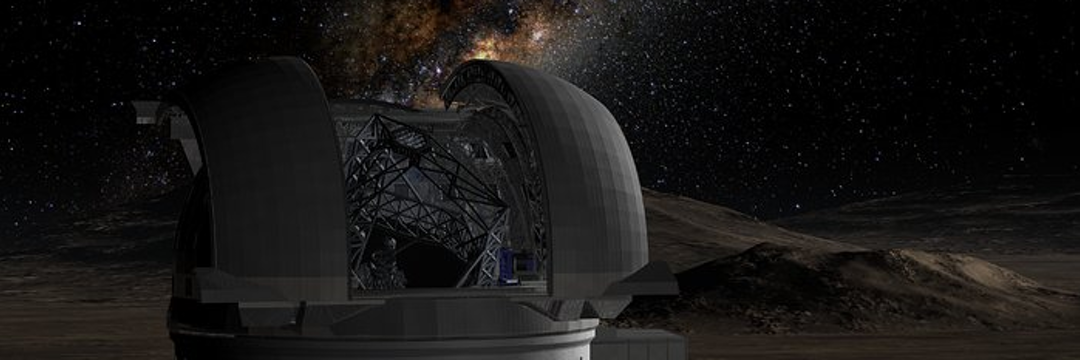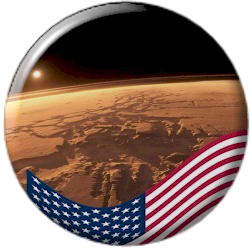
doi.org/10.3847/PSJ/ad9eaa
Credibility: 989
#Moon
A new study has made a surprising discovery: the Moon is still geologically active
This contradicts the long-held idea that its surface has remained unchanged for billions of years.
Researchers have identified small, recent elevations on the far side of the Moon, suggesting ongoing tectonic activity.
This discovery could influence the planning of future lunar missions.
Uncovering the Geological History of the Moon
For decades, scientists have studied the lunar surface to understand its geological evolution.
Evidence of lunar maria-vast, dark plains formed by ancient volcanic eruptions-indicated that the Moon underwent significant contractions in the distant past.
The large, arched elevations on the near side of the Moon were interpreted as the result of these compressions, leading to the assumption that the lunar maria had been geologically inactive for billions of years.
However, a new study challenges this idea.
Scientists from the Smithsonian Institution and the University of Maryland have discovered small elevations on the far side of the moon that appear to be much younger than previously known features.
The research, published January 21, 2025 in The Planetary Science Journal, suggests that the lunar surface is still undergoing changes.
Signs of Recent Tectonic Activity
“Many scientists believed that major geologic events on the moon occurred 2.5 to 3 billion years ago,” explained Jaclyn Clark, a researcher in the Department of Geology at the University of Maryland.
“But our studies show that some of these tectonic features have been active for the past 200 million years and may still be moving today.”

Mapping New Moon Landforms
Using advanced mapping and modeling techniques, the team identified 266 previously unknown small landforms on the far side of the moon.
These structures are clustered in groups of 10 to 40 in volcanic areas that formed between 3.2 and 3.6 billion years ago.
Researchers believe that these regions may contain hidden fault lines beneath the surface.
To estimate the age of these landforms, the team used a method called crater counting.
This method assumes that older surfaces accumulate more craters over time.
The results indicated that these landforms are significantly younger than the surrounding landforms.
Dating Changes on the Lunar Surface
“The logic is simple: the more craters a region has, the older it is,” Clark explained.
“By counting nearby craters and noting that some of these landforms cross existing craters, we concluded that these landforms have been tectonically active for the past 160 million years.”
Interestingly, Clark noted that the elevations on the far side of the Moon are structurally similar to some found on the near side.
This suggests that both were formed by the same geological processes, possibly caused by the Moon’s gradual contraction and changes in its orbit.
The Apollo missions had already detected seismic surface movements, and now these new findings indicate that the newly mapped elevations may be linked to this seismic activity.
Impact on Future Missions to the Moon
“Knowing that the Moon is still geologically active has very important implications for future missions,” Clark said.
“We hope that new lunar explorers will carry ground-penetrating radar, which will help us better understand the structures beneath the lunar surface.”
This discovery could be essential for planning where to land astronauts, install equipment, and build infrastructure on the Moon.
After all, being aware of geological movements is crucial to ensuring the safety of future lunar bases.
Published in 02/05/2025 08h31
Text adapted by AI (ChatGPT / Gemini) and translated via Google API in the English version. Images from public image libraries or credits in the caption. Information about DOI, author and institution can be found in the body of the article.
Reference article:
Original study:
| Geoprocessing Drone Systems HPC |

| ERP and CRM Systems Mobile Systems AI |


